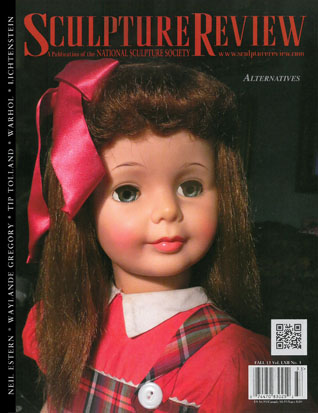
The Fall 2013 issue features other careers and focuses that sculptors sometimes take on. Neil Estern, Andy Warhol, Roy Lichtenstein, C. Paul Jennewein, Alina Szapocznikow, Daniel Edwards, Bruno Lucchesi, Scott Myers, Tip Tolland, Wayland Gregory, George Bumann, Barry Woods Johnston, Jill Burkee and Greg Wyatt are all featured.
Features
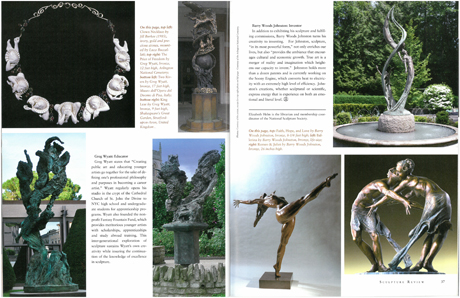
Sculptors often find opportunities to go beyond their own sculpture, finding other outlets for their artistic talents. Barry Woods Johnston, Greg Wyatt, Jill Burkee and George Bumann are four such sculptors.
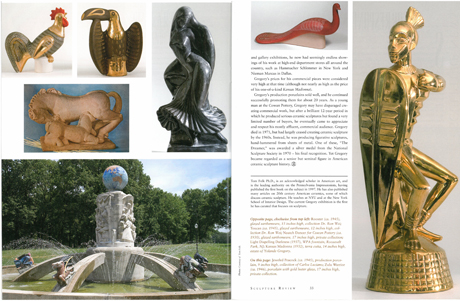
Waylande Gregory is regarded as the first major ceramic sculptor in modern times. Although he produced an astonishing variety of sculpture, ceramics, glass, and paintings, Gregory became known for ceramic sculptures that were on a scale previously unknown in Western Art since the ancient Etruscans (ca. 400 BC)
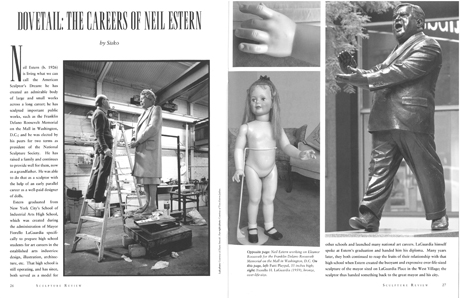
Neil Estern (b. 1926) is living what we can call the American Sculptor’s Dream: he has created an admirable body of large and small works across a long career; he has sculpted important public works, such as the Franklin Delano Roosevelt Memorial on the Mall in Washington, DC; and he was elected by his peers for two terms as president of the National Sculpture Society. He has raised a family and continues to provide well for them, now as a …
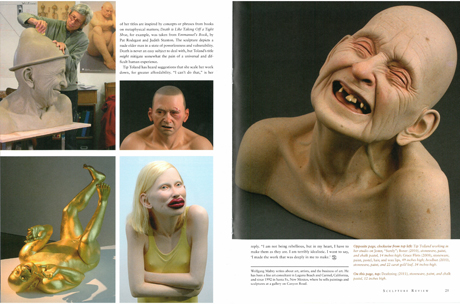
Embarking on a career as a professional sculptor is a life decision that is filled with unanswerable questions. When an artist is completely motivated by a strong inner drive to make sculpture to communicate complex themes that will likely be seen as disquieting, intensely personal, emotionally compelling, and perhaps hard for galleries to sell, it becomes necessary to find other ways to earn an income adequate to support the art and the basic necessities of living.
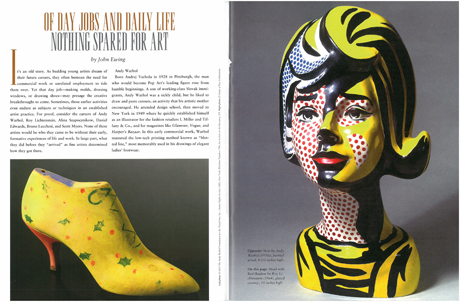
It’s an old story. As budding young artists dream of their future careers, they often bemoan the need for commercial work or unrelated employment to tide them over. Yet that day job –making molds, dressing windows, or drawing shoes–may presage the creative breakthroughs to come.
